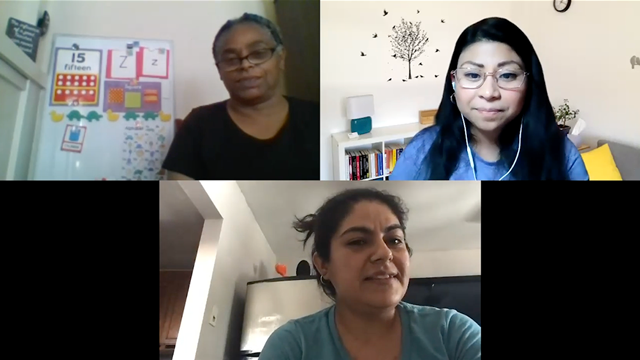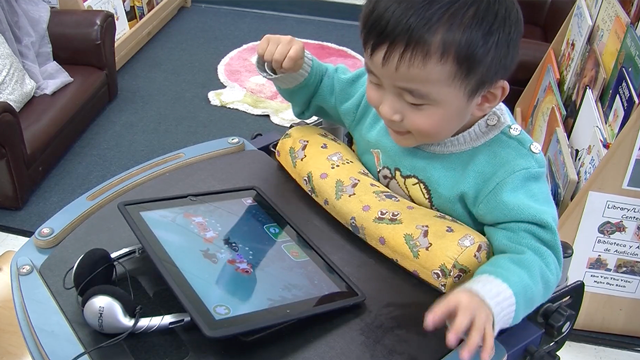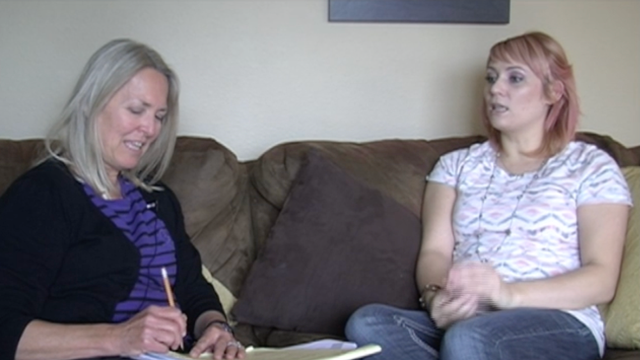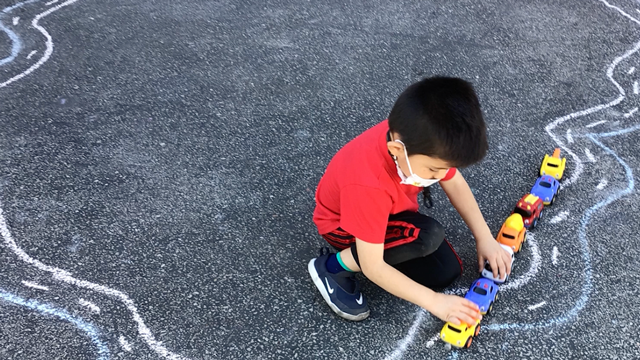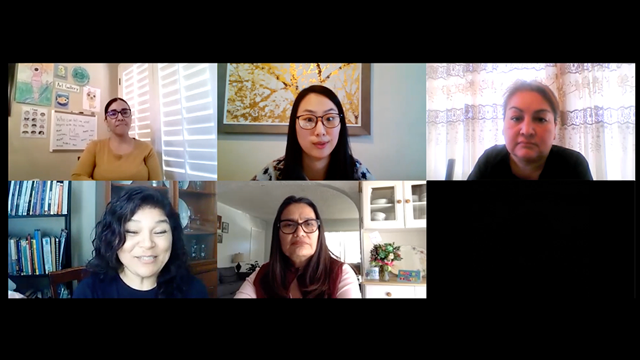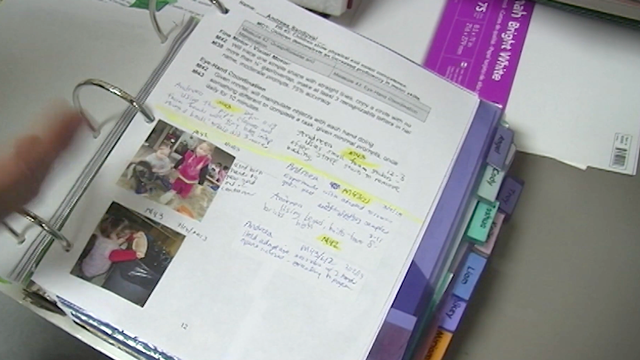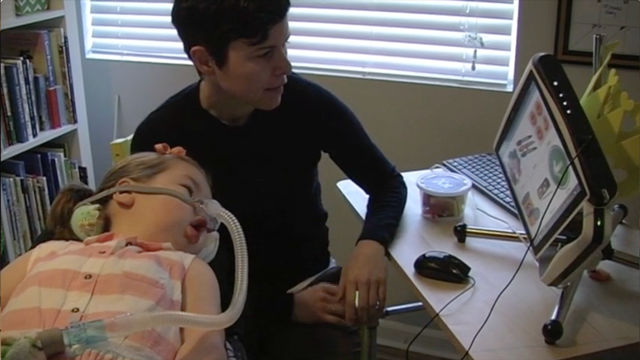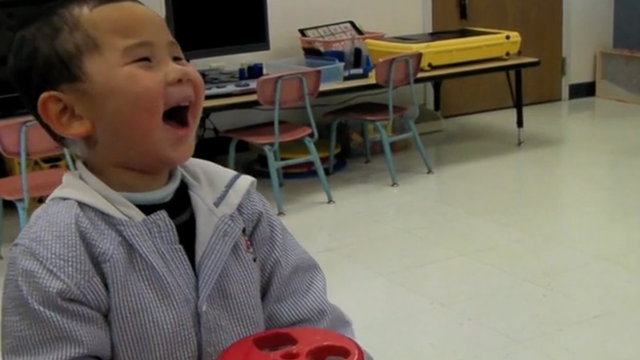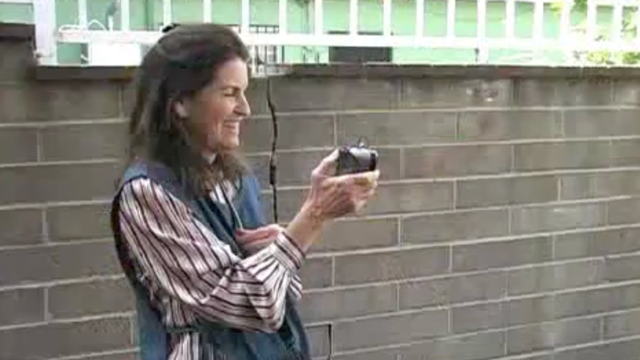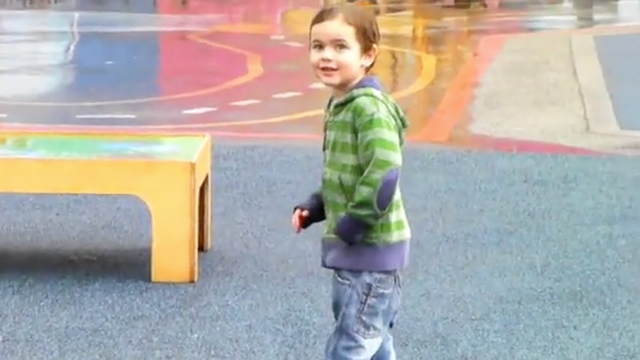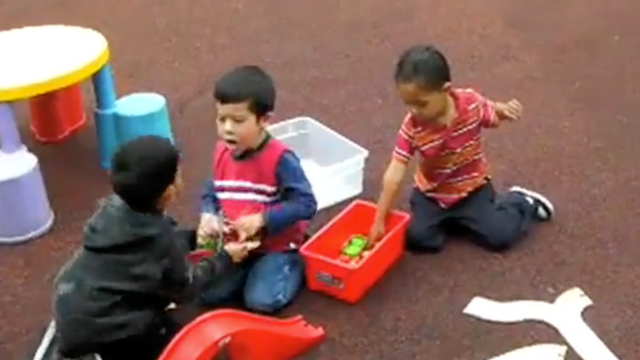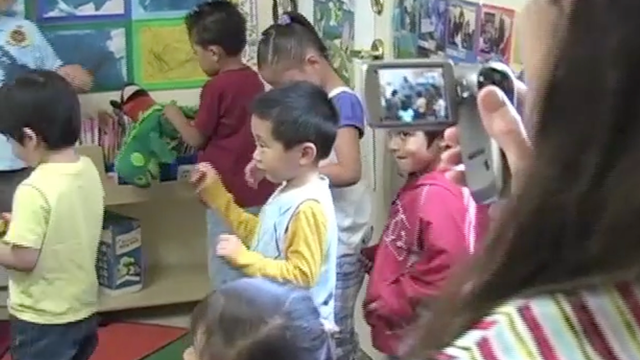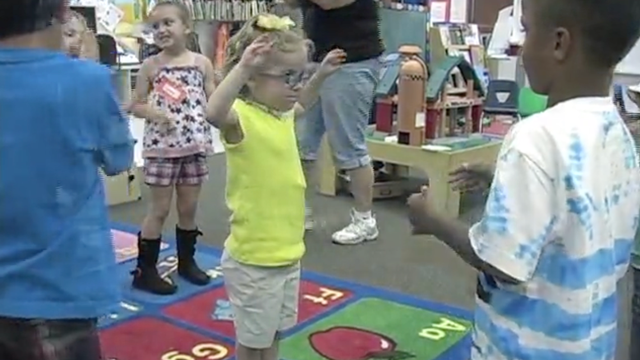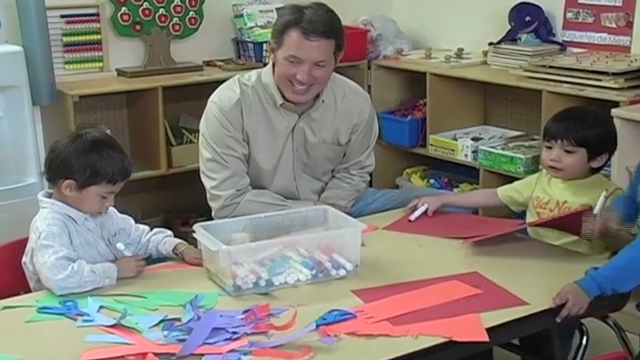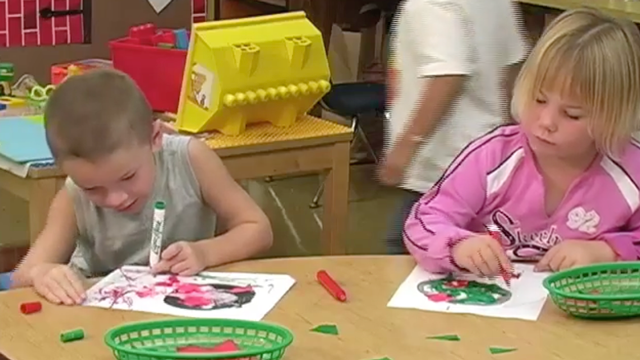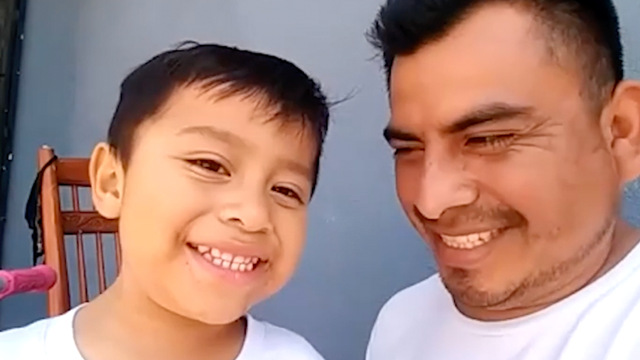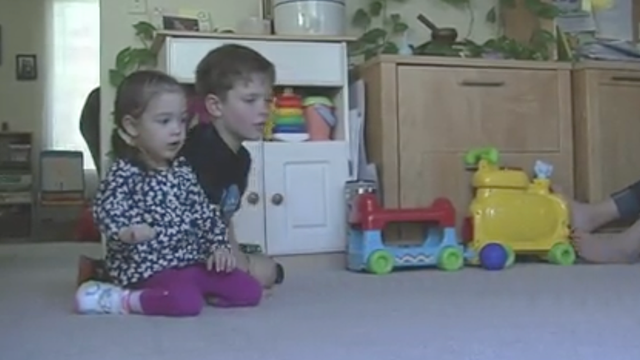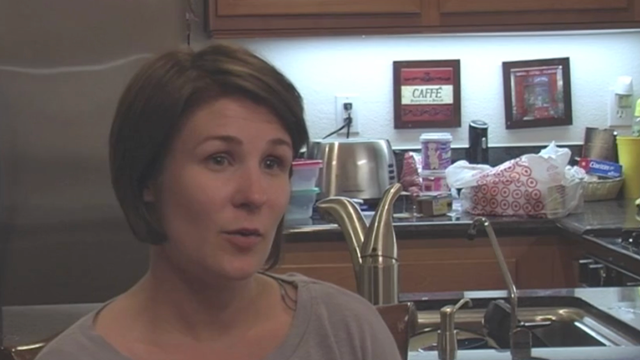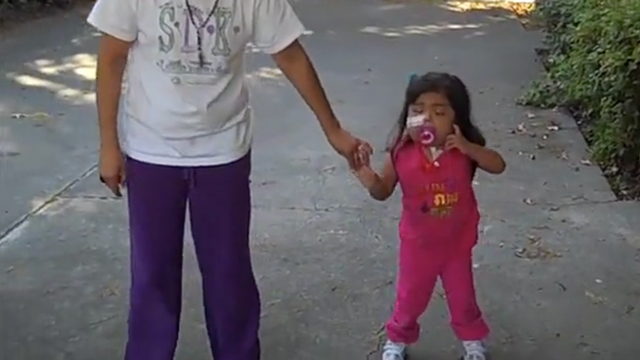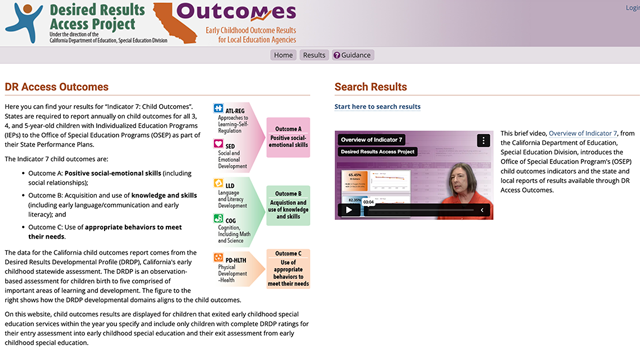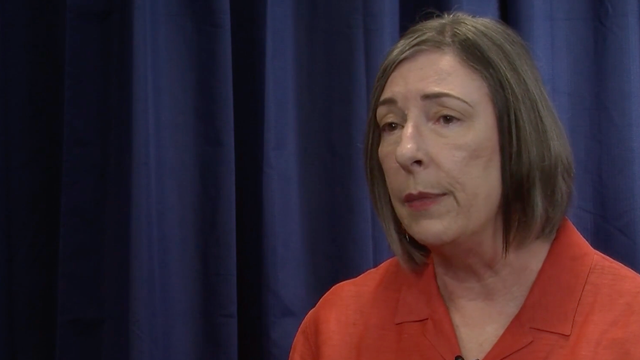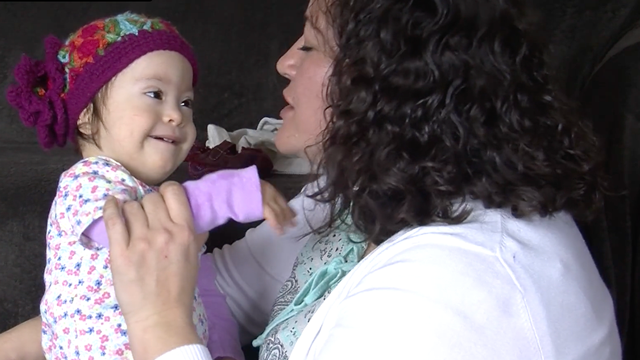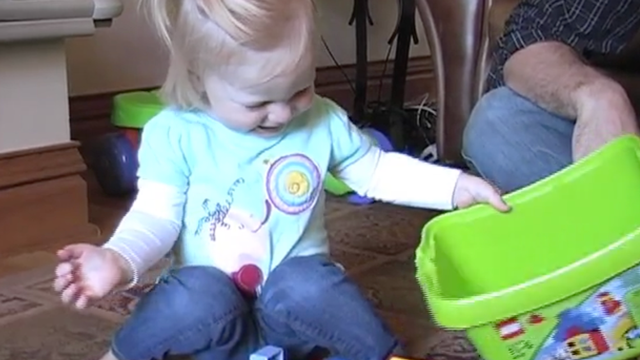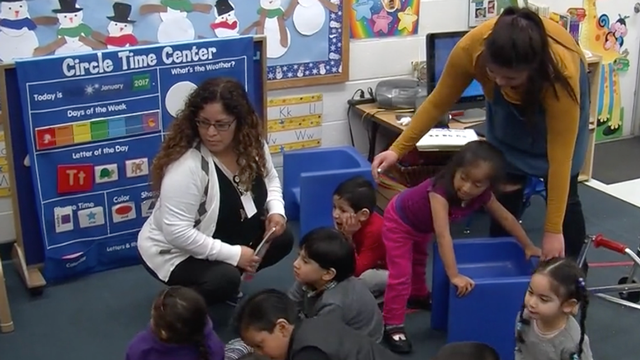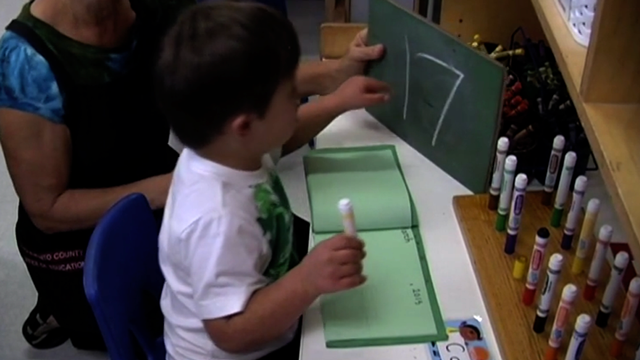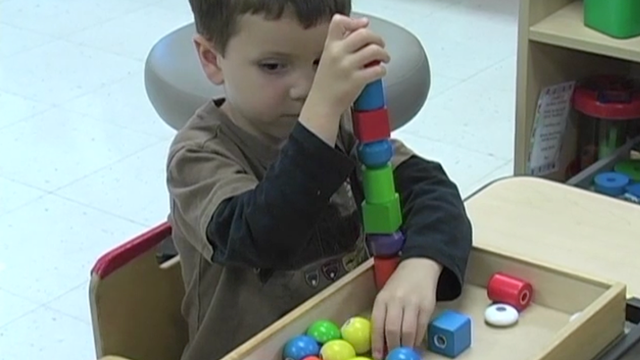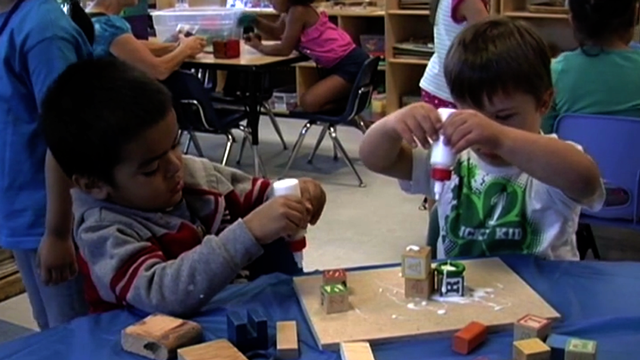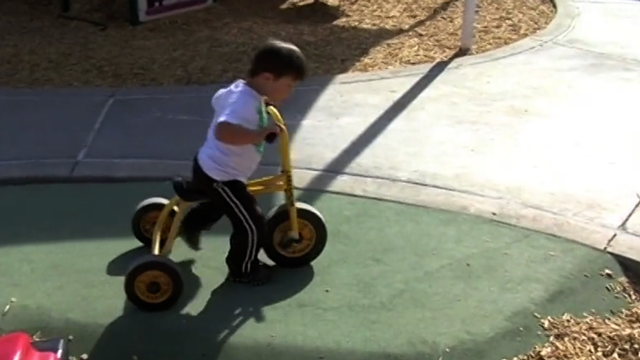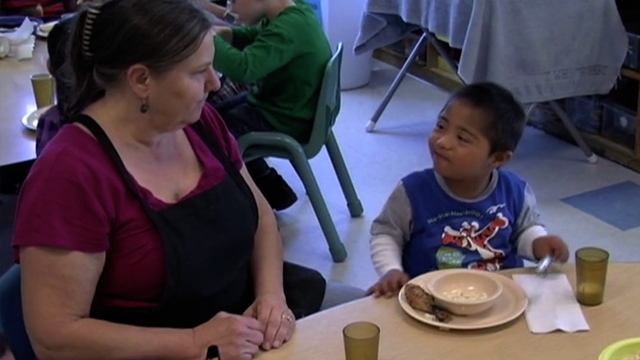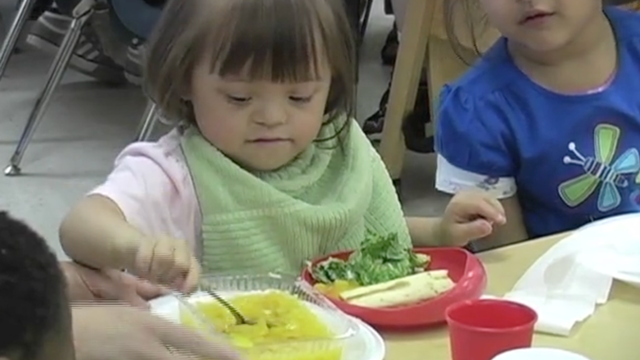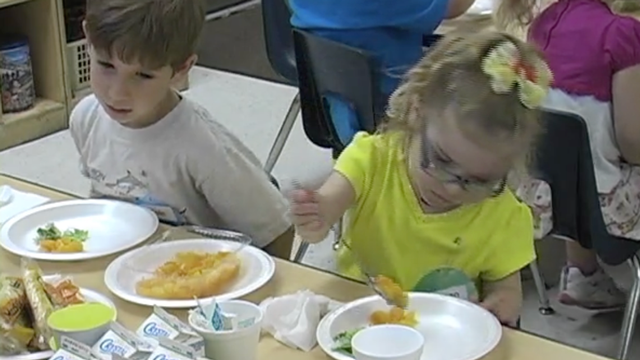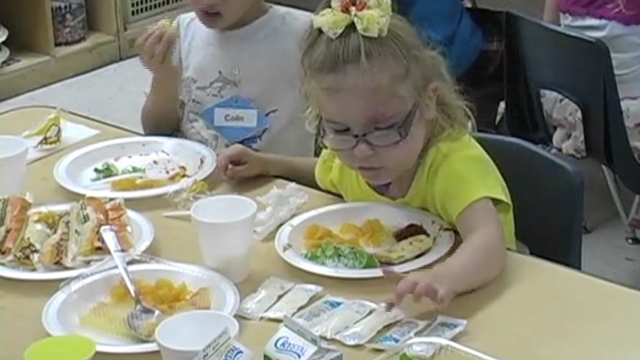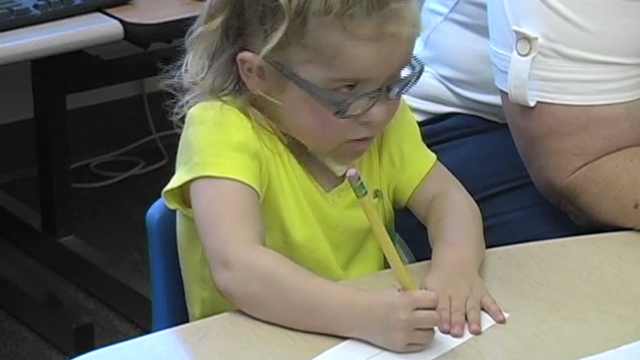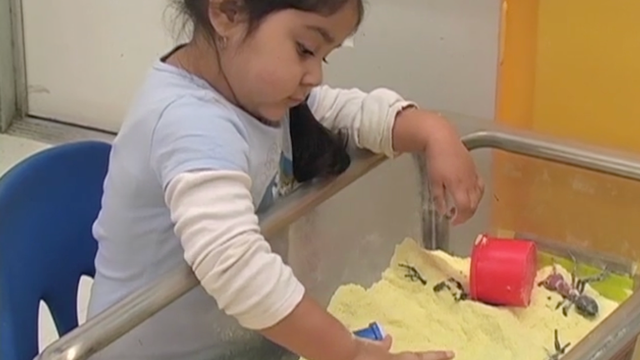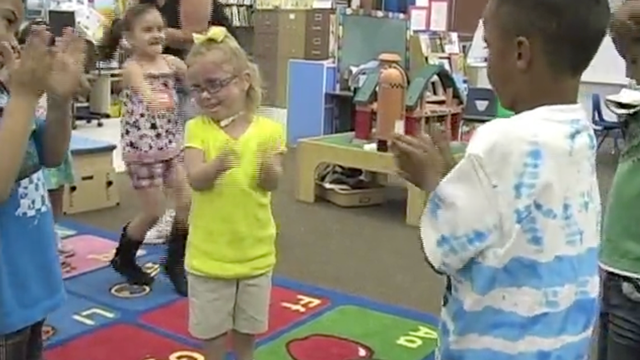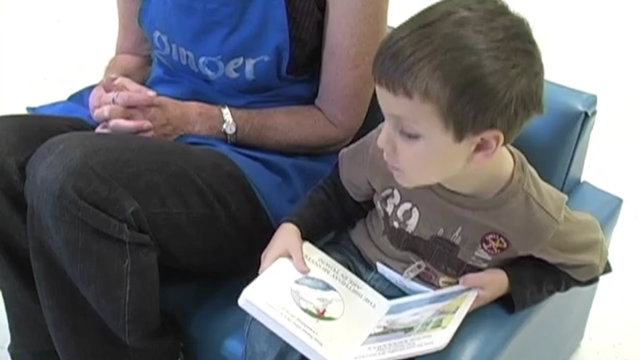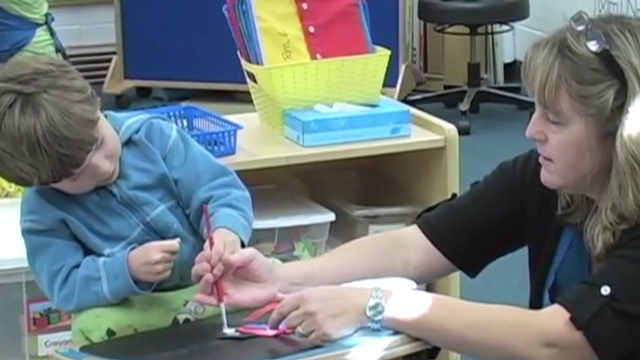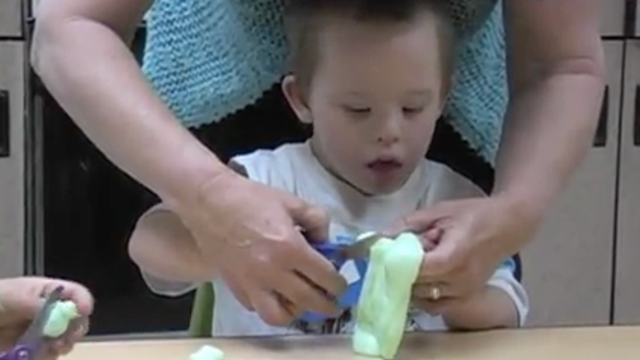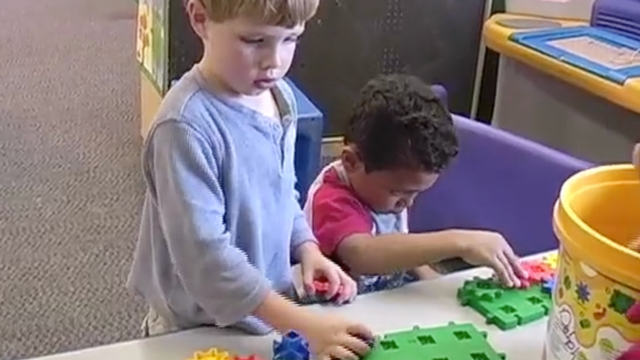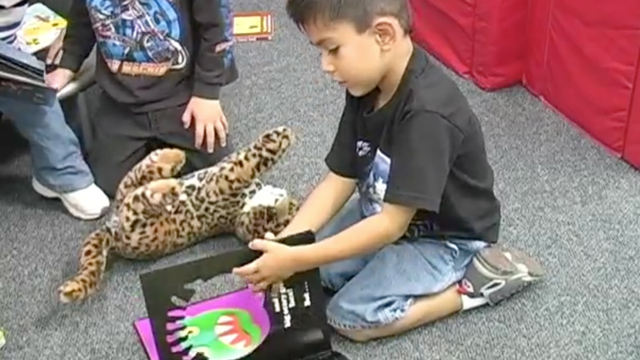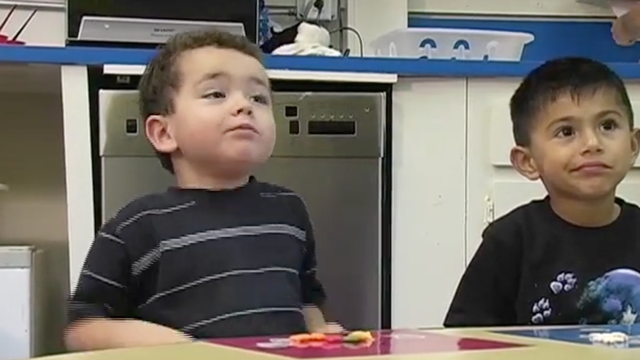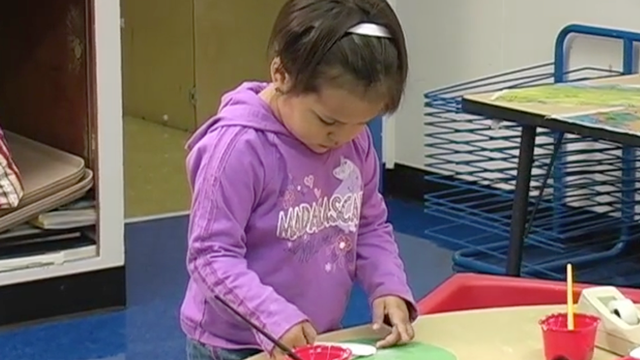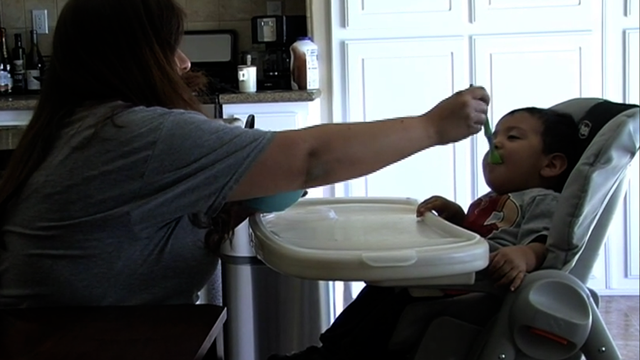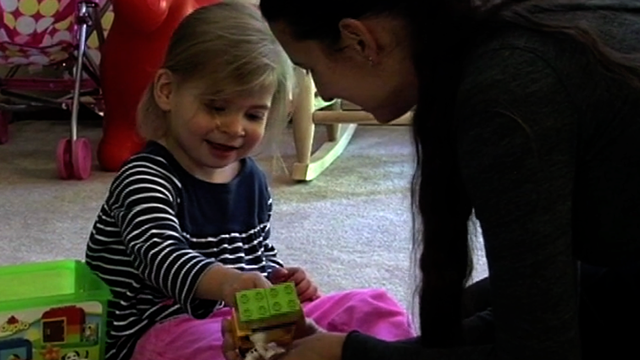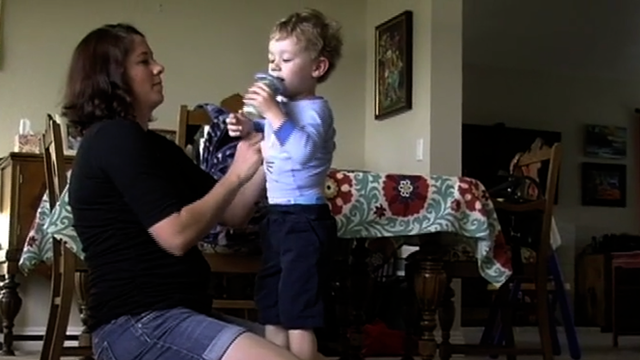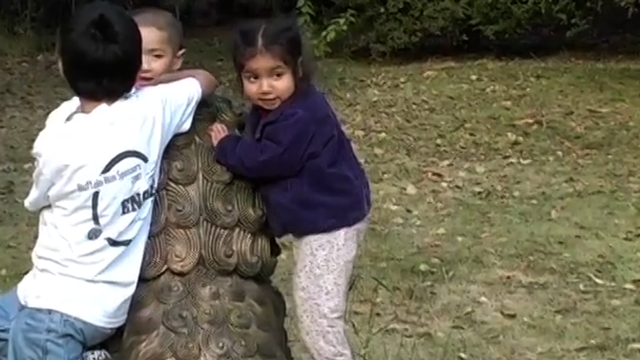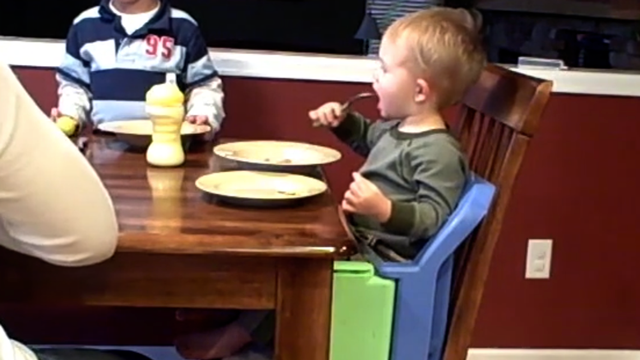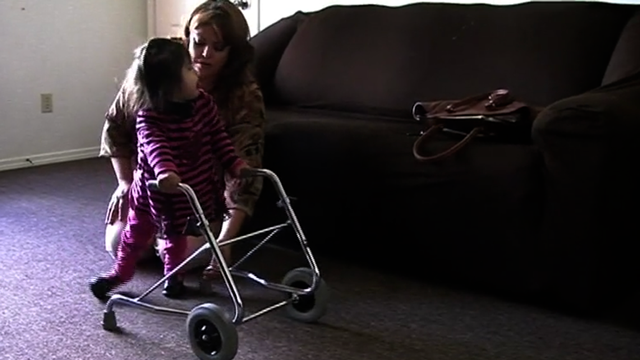The Desired Results Access Project established a Digital Video Initiative to support early childhood practitioners' use of video in their work. Digital video is a powerful tool that can be used to enhance a range of early care and education practices, including observation, documentation, assessment, evaluation, coaching, consultation, reflective practice, reflective supervision, family education, and professional development. Closed captioning for the deaf/hard of hearing is provided for all videos and can be accessed by selecting the CC icon for each video. Closed captioning in Spanish is available for select videos by selecting the CC icon.
Information About Our Videos
The Desired Results Access Project Video Library hosts more than 50 videos produced in collaboration with our partners throughout California. The videos illustrate key practices and provide opportunities for practicing observation and assessment skills. Check back from time to time to find new titles. Select a topic in the menu tab to access the videos in that category.
Accessibility
Closed captioning is provided for all of the videos and can be accessed by selecting the CC button. Closed captioning in Spanish is available for select videos by selecting the CC button. (Los subtítulos en español están disponibles para algunos videos si selecciona el botón CC.)
Permissions
You are welcome to use all of the videos on this site for professional development and educational purposes.
Important Note: 1) You may not use these works for commercial purposes; 2) You may not alter, transform, or build upon these works; 3) You may not embed these videos in any website or online course without written permission.
For permission to embed videos or for other assistance, please contact [javascript protected email address].
Using the DRDP
These videos focus on the use of the DRDP.
Preschool/TK/K Themes
These videos focus on themes related to preschool-age children.
Infant/Toddler Themes
These videos focus on themes related to infants and toddlers.
Child Outcomes
These videos focus on child and family outcomes.
Practice Clips: Preschool/TK/K
These videos can be used for practicing observation and the assessment of preschool-age children.
Practice Clips: Infant/Toddler
These videos can be used for practicing observation and the assessment of infants and toddlers.

